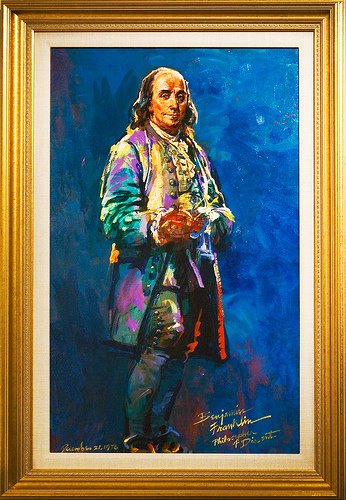
I am currently reading Helen Hunt Jackson's classic novel
Ramona. For those of you living in San Diego or Southern California,
Ramona, a historical fiction novel published 1884, is such an interesting and fun read because the story takes place in so many familiar locals. The main hunky Native American character Alessandro is from a Temecula tribe and grew up in the Mission San Luis Rey. Ramona's Scottish father leaves central California to live in San Diego at the Mission De Alcala, where he meets the Squaw that will become Ramona's mother.

I have recently been fascinated with early California history and Ramona is the perfect novel that takes place during the Mexican Era in California. There are so many details about the rancho for which Ramona grows up on, the morals and values of the Mexican people of the time, and their feelings regarding American expansion. Author Helen Hunt Jackson was herself a

Native American activist throughout the 19th century. She travelled throughout California during the early 1880's, stopping to act as an advocate for various Native Americans causes whenever she saw fit. Until her dying day she believed in righting the wrongs done by the United States towards Native Americans.
A link to a full biography of Helen Hunt Jackson:
http://jes.tvusd.k12.ca.us/biography_jackson.htm
"When love is at its best, one loves so much that he cannot forget." - Helen Hunt Jackson









